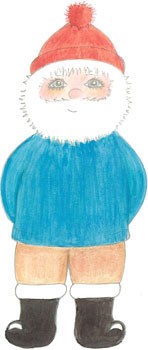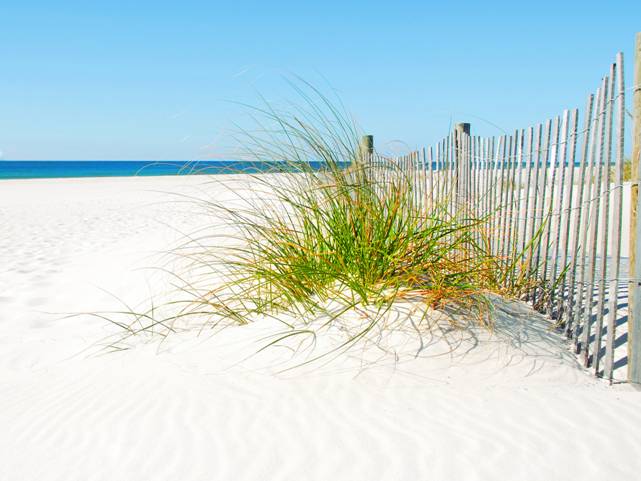
Salty Sam’s Fun Blog for Children
Number 518
Pandemics
Hello Everyone

Sometimes there is a fit of giggles in Miss Pringle’s class.
Giggling can be very infectious.
When children are in a giggly mood they are difficult to control.
Sometimes, there is a much more serious wave of infection in the Rocky Bay Primary School. Some kind of illness like influenza – normally referred to as flu, can spread amongst the children.
lt is easy for a virus that causes illnesses like flu to spread when people are close together. lt can stay of surfaces for hours and then when other people touch these surfaces, they can pick up the virus too.
lf people sneeze, there are droplets of the virus in the air.
When an illness spreads amongst a population, it is called an epidemic.
When this illness has spread across a very large region, like many countries or even around the whole world and cases of infection are going up all the time, the situation changes to being a pandemic.
The word pandemic comes from the Greek word for ‘all’ and the Greek word for ‘people’.
You are probably old enough to remember the Covid-19 pandemic that caused schools to be shut down in the spring of 2020.
The outbreak of an illness caused by a virus began in the city of Wuhan in China at the end of 2019 which is why it was labelled with the number 19.
When some people caught the infection, they did not show any symptoms of illness.
They were what is called asymptomatic.
The word is like asymmetrical – when a geometric shape does not have symmetry.
People who caught the disease would be without symptoms for many days. They did not know they were ill, and all the time they were unknowingly spreading the illness to other people.
Some people reacted very badly to catching the virus. Doctors had a large workload. Some came out of retirement to help.
The illness was so bad that the government took the action of limiting contact between people to stop the virus spreading so quickly.
A lot of people thought that they would be confined to their homes and started buying lots of supplies – and especially lots of toilet paper.
Other people accused them of panic buying.
Not long after that, in the spring of 2020, people were confined to their homes in quarantine. This measure was called a lockdown.
A lockdown is what happens in prisons when prisoners are confined to their cells.
Different governments around the world decided on implementing different measures to protect both people’s health and the economy. A lot of people wore face masks in public places like shops and buses.
People’s health is important, but economic collapse is a dreadful problem for people too.
Some countries did not have lockdowns, and some authorities issued permits to a select number of people who were allowed to go out on the streets to go to work and collect food for their households.
Here, some people were told to stay at home, whereas others were allowed to go out and get essential supplies like food and medicine.
Lots of people still had to go to work to get essential work done. Like all the people that had to keep hospitals running and supermarkets open and supplied with food.
Postmen and dustmen were still working. Farmers were still growing crops and looking after their animals. Public transport was still running.
Vets were still looking after animals.
Some law courts were still running.
Many other people continued to go out to work.
Lots of office workers and teachers were trying to work from home.
The lnternet was incredibly useful for these people – and anyone who wanted to keep in touch with their families or get education or entertainment to fill their time.
People took to walking and cycling to get themselves out in the fresh air and try to keep their bodies healthy and their spirits up. They were not allowed to hang around on park benches. They had to go straight home again.
And of course lots of children were home from school.
lt was a warm, sunny spring and people who had gardens were able to sit outside. Sunshine gives you Vitamin D which is good for the immune system. People without gardens felt very cooped up.
Every person had their life affected or severely disrupted in some way.
Some people suffered more than others, and it was a difficult and even scary time for a lot of people.
ln the end millions of people were to die.
Army troops stepped in and helped out in emergency situations many times. They knew how to organize themselves well!
The only members of the family that were really pleased were pets. They had their humans home with them all the time; and this made them really happy.
lt was noticed that nature was doing quite well under lockdown too.
For years, humans had been saying that numbers of birds and animals were dropping; and all of a sudden birds and animals noticed that human numbers had dropped – well they weren’t around outside anyway.
The absence of human activity had a noticeable effect on nature in lots of different ways – and the effect was worldwide.
Scientists dubbed (named) the reduction of human movement and activity an ‘anthropause’.
The skies, rivers, roads and seas were quiet from human activity.
Badgers were unusually coming out in the daylight, dolphins were coming into ports.
Birdsong seemed louder with less aeroplane noise in the skies. The stars seemed brighter at night with less pollution in the air.
Water birds’ nests built on river banks were not washed away by the disturbance caused by passing boats.
Birds and animals everywhere were going into areas that they did not normally venture into.
Some goats famously came down into the town of Llandudno in Wales and rampaged through the streets. They ran down the roads, climbed walls and helped themselves to tasty plants from gardens.
Some sheep were observed playing on a children’s roundabout. They made it turn round by running on it and managed to get off again once it had stopped.
These were lighter moments in a generally miserable time of high death rates and fear.
During the summer of that year, businesses and sports events started to gradually open up again. The cases of infection started to rise again too.
Some sports fixtures started running again without spectators.
When horse racing started, the horses were led around by their trainers who were wearing masks.
The horses must have wondered why it was the humans wearing nosebags for a change – and also that they couldn’t have got much food in them!

But throughout history, there have been many pandemics around the world.
There were a few in the ancient world, like the Plague of Athens, and then on throughout history. People did not know how to cure these diseases.
There are many contagious diseases that kill people. Diseases were not so feared once immunization became common practice.
Yellow fever is a horrible disease that causes bleeding from the mouth, nose, ears and eyes. lt takes weeks to die.
Cholera can kill a healthy person within a day.
Typhus and diphtheria were also deadly diseases that swept through populations in the late 19th and early 20th centuries.
When these ill people were taken to hospital, the wards were often overwhelmed and overflowing and people were left in the corridors.
With people being in close proximity (close together) in hospitals like this – or living conditions, diseases spread even more easily.
lt was noted that Covid-19 had reared its ugly head just about 100 years after the last very famous virus outbreak called Spanish flu.
There had been other outbreaks of serious infections like SARS (severe acute respiratory syndrome) which first broke out in 2002, MERS (Middle East respiratory syndrome) first identified in 2012, both of which were corona viruses like Covid-19 – corona means round in shape.
But these two illnesses did not impact the world in the way that Covid-19 did. The virus behaved in strange ways that doctors had not really seen before, and they fought to quickly understand its behaviour so that they could control it with medicines and save as many lives as they could. They noted that it had effects more like altitude sickness than flu.
Some people suffered from the effects of the disease for a long time after they had recovered from it. This is called long Covid and people are still suffering from it today.
Spanish flu had devastating effect on the world population too.
lt was the deadliest flu pandemic in history.
lt had infected an estimated 500 million people, which was about one-third of the planet’s population at the time, by the time it disappeared in April 1920.
This number might even have been much higher.
No one knows the exact number of people it killed, but it could well have been up to 50 million people. Some people say it was double that; 3% of the world’s population. lt probably killed more people than died in the First World War.
One of the differences between Covid-19 and Spanish flu was that Spanish flu affected younger people more.
Children could go back to school once the illness had receded to find there were only maybe about three children left alive in their class – out of the thirty or forty that there had been before the pandemic hit. This was both shocking and terribly sad.
The first wave in the spring of 1918 was not the most severe and most people recovered from being ill; but the second wave in the autumn was to be more deadly. There was a third wave and also a fourth to follow.
Each wave hit different regions of the world more severely than others. lndia was very badly hit, maybe about 5% of their population died, and China seemingly not so badly. But record keeping in some countries was better than others, so it is difficult for historians to work with very accurate figures.
The symptoms were very nasty and people were very ill.
Spanish flu did not originate in Spain. lt is difficult to pinpoint with certainty how or where it started. One report suggested that the first outbreak was among American soldiers who had been moving large piles of animal dung in an army camp in Kansas in the United States in March of 1918.
Hundreds of men reported sick. They lived in very close quarters and shared facilities.
The disease was transported to other camps around the country as American troops were preparing to come to Europe to fight in the war going on there.
Spain was a neutral country during World War l. Because they were not involved in the war, their media was not under government control.
They were free to report the virus spreading through the population.
Other countries did not want to badly affect the morale of the people already contending with war – so they kept quiet about the emerging pandemic.
Consequently, at the time, it seemed as though the illness had started in Spain – just because it was widely known about there.
Authorities in different places ordered people to go into quarantine, wear face masks and not touch each other. A lot of businesses, churches and schools were shut down.
One hundred years later, when Covid-19 struck, the advice was the same.
Spanish flu took a toll on society. There weren’t even enough people well enough to pick the crops. Some families had to totally organise their own funerals and burials for their loved ones.
The main medicine the doctors were advising people to take was aspirin – some people took too much and died of aspirin poisoning.
There was to be another outbreak of flu in 1957 and then another in 1968 that together killed about three million people.
H1N1 which broke out in 2009 killed thousands. lt was commonly called swine flu at the time and the virus was similar to the Spanish Flu virus. Swine is another word for pigs. But it was Covid-19 that brought ordinary life to a halt like the Spanish flu had.
Covid-19 was thought to have originated in bats.
Human diseases appear to sometimes jump to humans from animal species.
As time goes by, doctors have more understanding about how diseases work. They have better microscopes to see what is invisible to the eye. They have more equipment and medicines in their armoury to use to help people who are ill.
But really, as individuals, it is a really good idea to try and keep your own immune system healthy so that it can be ready to fight any infections that you might be exposed to in everyday life.
You can do this by eating a healthy diet and getting enough sleep and exercise. lf you are going through a stressful time in your life, go and walk in nature in any time you have free and practise techniques that can quieten your mind.
Adults should not drink too much alcohol or smoke.
Being healthy and happy is your best defence against illness.
Next week, l will tell you about probably the most famous and gruesome pandemic in all of human history.
Can you guess what l am talking about?
lf you like my blog, please support it by telling all your friends and followers about it.
Thank you!
And see you again next Fun Friday!
Love and kisses
Salty Sam

www.christina-sinclair.com
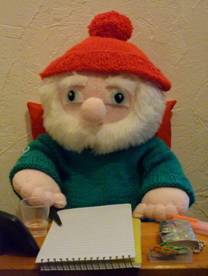

Bill and Bob’s Joke of the Week![]()
![]()
Bill: Do you know how you know you have swine flu?
Bob: Yes, your nose goes really pink!
l wonder if when you get bird flu, you grow a beak?
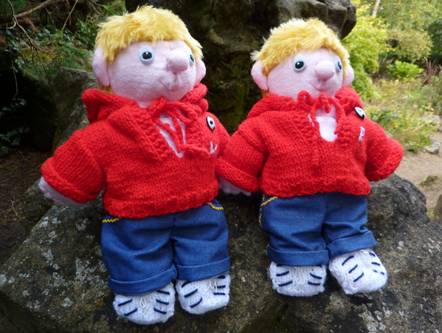
Salty Sam © Christina Sinclair 2015
Unauthorized use and/or duplication of material from this blog without express and written permission from this blog’s author and owner is strictly prohibited.
Links may be used to www.christina-sinclair.com

Picture Gallery
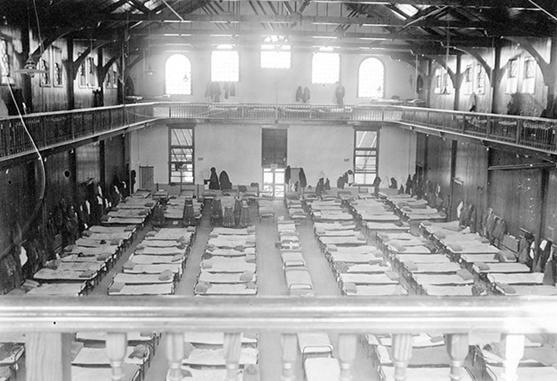 Spanish Flu
Spanish Flu
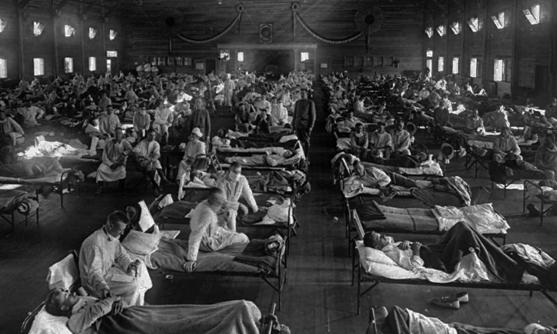 Spanish Flu
Spanish Flu
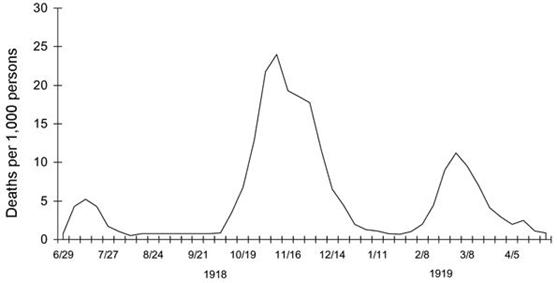 The Spanish Flu came in three waves
The Spanish Flu came in three waves
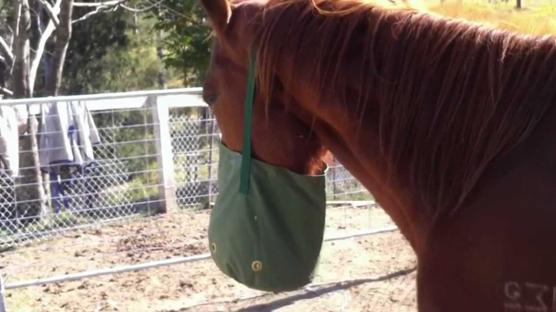
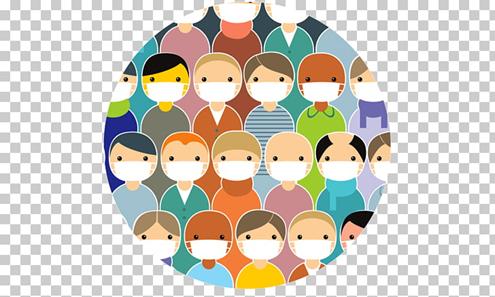


 THE SALTY SAM NEWS DESK
THE SALTY SAM NEWS DESK

During the Covid-19 pandemic that started in 2019 and really took off in 2020, a lot of people were suffering genuine hardships and grief. It hit the world really quickly and without much warning; many people were confined to their homes.
Some people used the time to do a lot of thinking and some used the time to do a lot of useful things. Some fell into bad habits once they were shifted out of their routines.
If you know that you are going to go through what you think might be a tough time, like taking a pile of exams for example or moving home and having to find new friends, there are a number of steps you can take to cope with overwhelm.
Here are Salty Sam’s top 20 tips!
- Tidy your living space and working space. Not being able to find things in a hurry causes stress and being in a tidy environment calms the brain.
- Keep notes in files and put the files in racks or boxes. Label everything clearly. Get yourself organized.
- Make sure that you have enough supplies to see you through a project whether it be stationery, postage stamps, batteries, cash, food or packing boxes.
- Plan all projects well – you know what they say – if you fail to plan you plan to fail.
- Group similar tasks together; this stops you constantly running between things to do.
- Eat good food to make your body strong and healthy.
- Plan ahead and do any jobs that you can ahead of time like buying birthday cards, wrapping presents, ordering supplies, getting winter coats dry cleaned.
- Allocate things to do on a calendar and leave space for unexpected eventualities so that all the important things you have to do are allocated a time. It is like making an appointment for them!
- Be flexible with your plans. Unforeseen things can come up. Uncertainty is always part of life; it is just that at some times you feel it more than others. Opportunities can come out of the blue just as much as problems can.
- Write a ‘to do list’ before you go to bed so that you know all the things, big and small, you have to do the next day are written down and you don’t have to toss and turn all night listing them in your head over and over again hoping that you won’t forget.
- Keep pressing forward with things you have to do and tick things off your list to give you a sense of achievement.
- If there is something you don’t know how to do, there are plenty of how to do videos online or other people might know what you don’t know and can give you advice easily. To solve a problem you may need to look it in a new way so get more information/data.
- Have a project to hand that you can easily pick up and put down to do in the evenings to calm your brain before you go to bed. This could be knitting, crochet, cross stitch, rug making, doing a crossword, colouring, playing a game for one person with playing cards. Solving problems and taking decisions is easier with a calm brain.
- Practice yoga or meditation just before you get into bed to calm your brain down and allow you to have a good, refreshing sleep.
- Don’t go to bed too late, because if you are tired, you don’t function properly.
- Have a relaxing, warm bath to unwind.
- Drink some warm herbal tea to help you relax.
- Go for a walk in the fresh air to get rid of stress hormones in your body. Walking up hills and walking in nature helps when you are stressed.
- Tell people you can’t do things, if you don’t have time, and don’t do unimportant jobs, if you don’t have time. Saying ‘no’ to things can free up time.
- Ask for help if you need it; people at work call this allocation or delegation – or giving jobs to other people to do.
While the pandemic was raging in 2020 so were forest fires in many places in the world. Climate change and the reducing wildlife numbers were problems on many people’s minds. Many square miles of forest were destroyed. Scientists think that planting a trillion trees would really help the environment of the whole world. This is a big job.
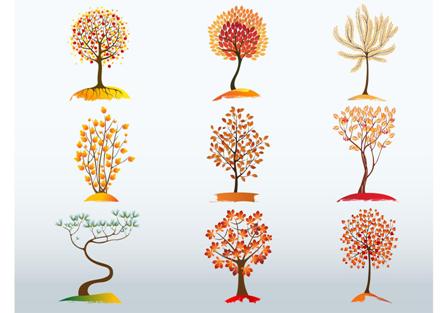
I am doing my bit for the environment this year by switching to using bio-fuel for my pot-bellied stove. My store of coal has run out and I will not be replacing it. Auntie Alice has a wood store that Captain Jack and I fill from time to time. We pick up dead sticks in the Rocky Bay Woods.
I can have some of it to heat my home. The wood has to be left piled up for quite a few months before it is used. (Some people leave fresh wood for two years.) Then it is called seasoned wood which is better for the environment when it is used as fuel. This is a good thing in another way – it should save me some money! Bio-fuel can be replaced in a way that coal cannot.
Bill and Bob continue to collect tree seeds and plant them in pots. We hope to see a mini forest of them popping up again this spring in Auntie Alice’s garden.

Taking practical steps to deal with problems is always better than just moaning about them or worrying about them.



*********************
TO ADVERTISE ON THIS BLOG
PLEASE CONTACT:
christina.sinclair.ads@aol.co.uk
*********************

 Quick Quiz
Quick Quiz
ln which countries would you find these famous landmarks?




lt’s the Weekend!

HOW TO MAKE A PATTERNED SWEATER FOR A 12” DOLL
This is a sweater for your doll with an interesting pattern on it.
The sweater will look different according to whether you choose light colours on dark or dark colours on light.
You are the designer so you can decide what you think looks good.
You could have a black sweater with a white and black pattern or a white and pink pattern. Or you could have a pink sweater with a white and black pattern, for example.
You could have the ribbing one colour and the top of the sweater another colour and the pattern a mixture of the two.

FRONT AND BACK (KNIT TWO)
Using 3¾mm knitting needles and green dk yarn cast on 20 stitches
Slip 1 (knit 1, purl 1) repeat the last 2 stitches to the last stitch, knit 1
Repeat the last row 3 times
Change to 4mm knitting needles
Create a pattern by knitting two colours alternatively in a chequerboard design
Do this by starting each row using the same colour
Knit 4 rows of pattern
Continue using green yarn
Knit 20 rows of stocking stitch
Knit 2 rows of garter stitch
Cast off
SLEEVES (KNIT TWO)
Using 3¾mm knitting needles and green dk yarn cast on 20 stitches
Slip 1 (knit 1, purl 1) repeat the last 2 stitches to the last stitch, knit 1
Repeat the last row once
Change to 4mm knitting needles
Create a pattern by knitting two colours alternatively in a chequerboard design
Do this by starting each row using the same colour
Knit 2 rows of pattern
Continue using green yarn
Knit 20 rows of stocking stitch
Cast off
TO MAKE UP
Using over-sew stitching and with right sides together, sew the shoulders up for 2cm from the sleeve side
Attach the top of the sleeves to the shoulders
Sew up the side and underarm seams
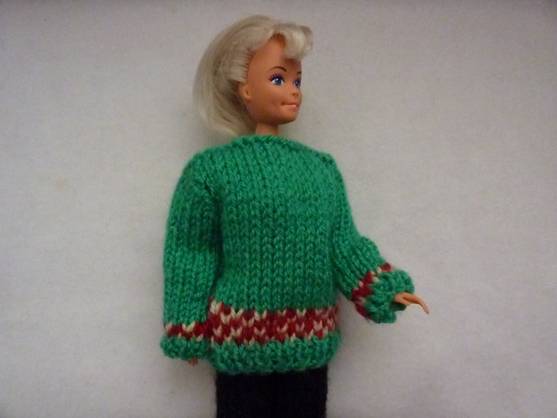
Please note that the material on this blog is for personal use and for use in classrooms only.
It is a copyright infringement and, therefore, illegal under international law to sell items made with these patterns.
Use of the toys and projects is at your own risk.
©Christina Sinclair Designs 2015


Quick Quiz Answers
lndia
Britain
Greece
France
Italy – Pisa
The United States
ltaly – Rome
Brazil
Egypt



